Mino ware is a celebrated style of Japanese ceramics originating from the Gifu Prefecture. It is renowned around the world for its beauty and historical depth. With techniques and aesthetics fine tuned over the centuries, Mino ware embodies Japan's tradition of monozukuri (craftsmanship with meticulous attention to detail).
In this article we'll explore Mino ware's fascinating history, diverse styles and contemporary relevance, taking time to highlight why it remains a treasured element in the global Japanese pottery market.
Historical Origins and Cultural Significance
Mino ceramics date back over 1,300 years to the Tono region along the Tokigawa River in Gifu Prefecture. Mino production methods evolved during the Meiji era where they integrated porcelain product techniques that contributed to Japan's expanding mass-producing industries. Today, Mino ware represents approximately 50% of Japan's ceramic tableware an ode to its extensive influence and industrial importance.
Distinctive Styles of Mino Ware
Mino ware is celebrated for its diverse and distinct styles, each with unique characteristics:
Shino Ware (Shinoware)
Shino ware is celebrated for its thick, creamy-white feldspar glaze, often displaying subtle yet striking red or orange scorch marks resulting from the firing process. These distinctive marks, known as "hi-iro," offer each piece a unique visual texture and rustic beauty. Originating in the late 16th century during the Momoyama period, Shino ware holds historical significance within Japanese tea ceremony culture due to its serene simplicity and natural imperfections. Its tactile quality and warm, earthy appearance evoke a sense of tranquility, making Shino ware a treasured choice for tea masters and ceramic enthusiasts alike.
Oribe Ware
Named after the renowned tea master Furuta Oribe, Oribe ware emerged in the early 17th century, characterized by bold, innovative designs and vibrant glazes. Notably marked by its asymmetrical forms and deep, captivating green glazes known as Rikyu green, Oribe ceramics often showcase expressive, abstract patterns or motifs inspired by nature. Its dynamic aesthetic reflects Oribe's revolutionary approach to tea ceremony utensils, symbolizing a deliberate break from traditional symmetry and balance. Today, Oribe ware remains highly popular among contemporary collectors and artisans for its ability to blend tradition with an unmistakably modern flair.
Setoguro Ware
Setoguro ware, meaning "black Seto," is renowned for its deep, glossy black glaze, which dramatically contrasts with the tea’s vivid colors during tea ceremonies. Developed during the Momoyama period, this style employs a special firing technique called hikidashi-guro, where pieces are swiftly removed from the kiln at peak temperatures, resulting in their distinctive glossy finish. Setoguro ware epitomizes the minimalist aesthetic favored in Zen-inspired tea ceremonies, accentuating simplicity and elegance, and remains highly valued among tea practitioners and ceramic connoisseurs.
Kizeto Ware
Kizeto ware features a distinctive warm, golden-yellow glaze that beautifully complements its finely detailed decoration. Originating from the same Momoyama period as other notable Mino styles, Kizeto ceramics often display delicate floral motifs, landscapes, or abstract patterns etched or painted onto the glaze. These refined decorative elements, combined with its gentle hue, make Kizeto a symbol of elegance and sophistication. Historically favored for serving delicacies during special occasions, Kizeto continues to be cherished for its aesthetic appeal and cultural significance in Japanese dining settings.
Kaneko Kohyo Pottery: Blending Tradition with Contemporary Appeal
One notable name within the Mino craft tradition is Kaneko Kohyo Pottery, based in Toki, Gifu Prefecture. Their collections, such as the internationally acclaimed Giyaman and Rinka series, showcase innovative interpretations of traditional Mino ware styles:
-
Giyaman Series: Features porcelain items like coffee cups and plates, which have a distinctive lacquer-look glaze available in lacquer brown and navy blue. This modern interpretation has attracted significant international media coverage.
-
Rinka Series: Known for delicate, flower-like shapes, these pieces beautifully merge contemporary aesthetics with traditional techniques, becoming popular items in Japanese tableware globally.
Why Mino Ware Remains Relevant Today
The continued global appreciation for Mino ware lies in its balance between historical authenticity and contemporary design. Its versatility makes it suitable for everyday use, fine dining experiences, and ceremonial occasions, reflecting a harmonious blend of past and present.
Furthermore, the commitment to preserving traditional methods while embracing innovation ensures Mino ware's sustained popularity and adaptability within the competitive ceramics market.
My Japanese World offers a wide selection of exquisite Mino ware ceramics, allowing enthusiasts and collectors alike to access these timeless pieces easily.
Conclusion
Mino ware's enduring legacy is a testament to Japan's dedication to traditional craftsmanship. Its myriad styles—from Shino's rustic charm to Oribe's contemporary flair—reflect a rich cultural heritage that continues to inspire artisans and consumers worldwide. Whether as functional tableware or exquisite art pieces, Mino ware enriches everyday life, beautifully encapsulating Japan's enduring spirit of monozukuri.







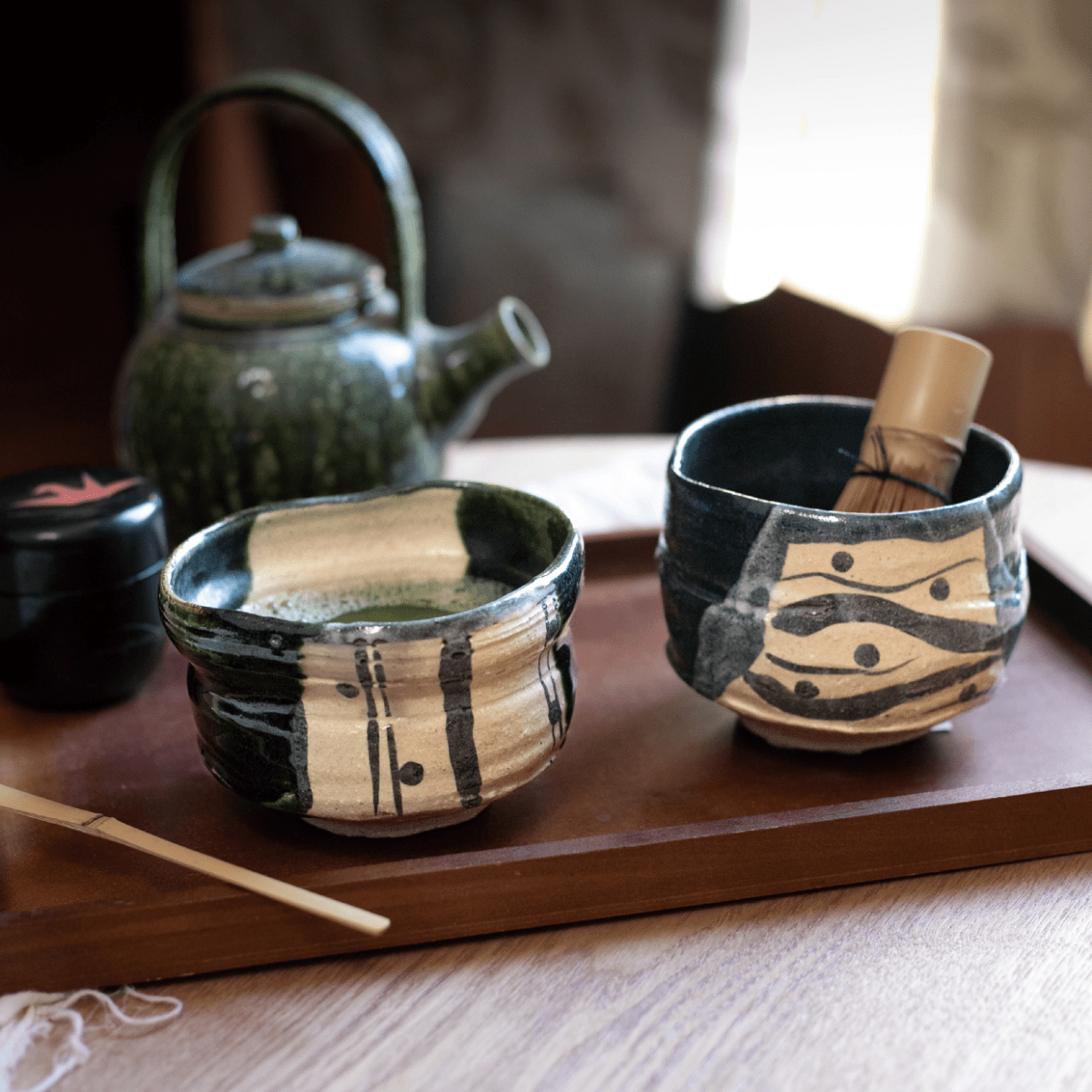
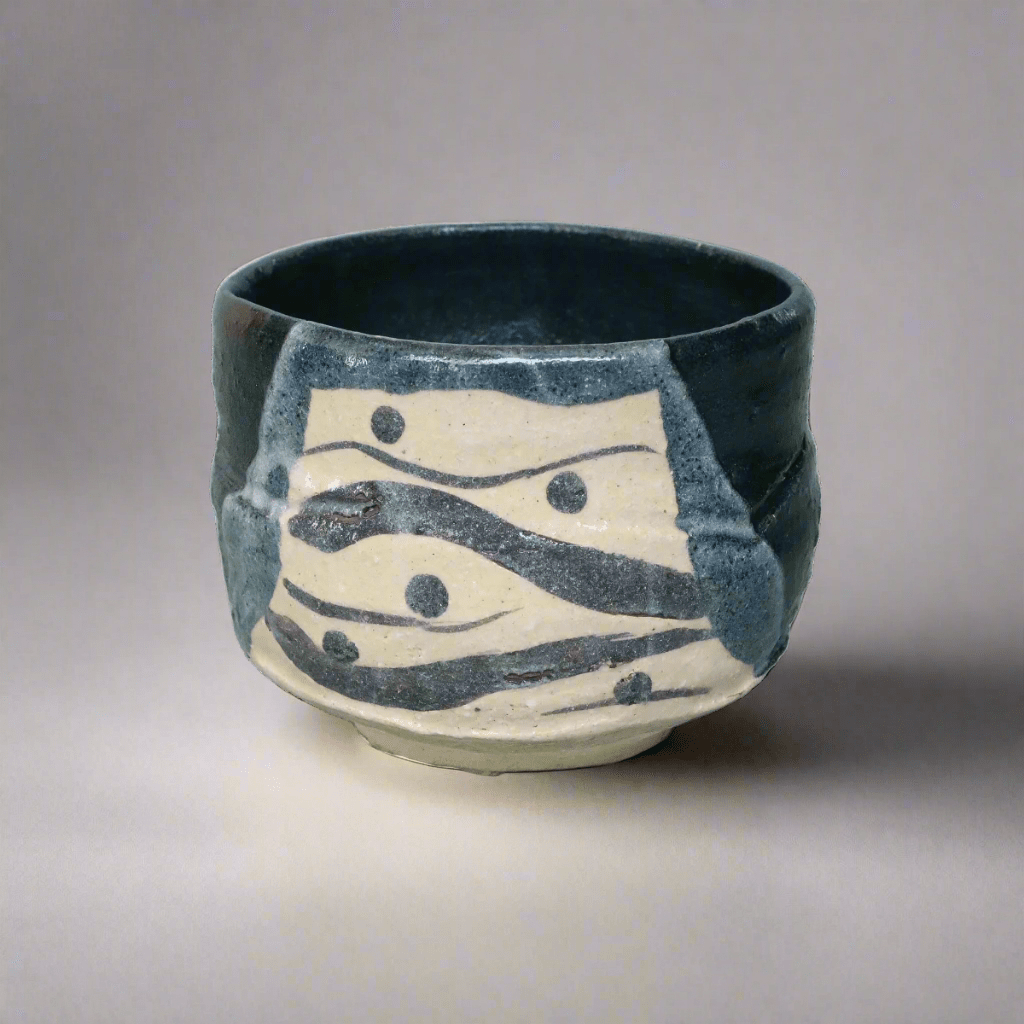
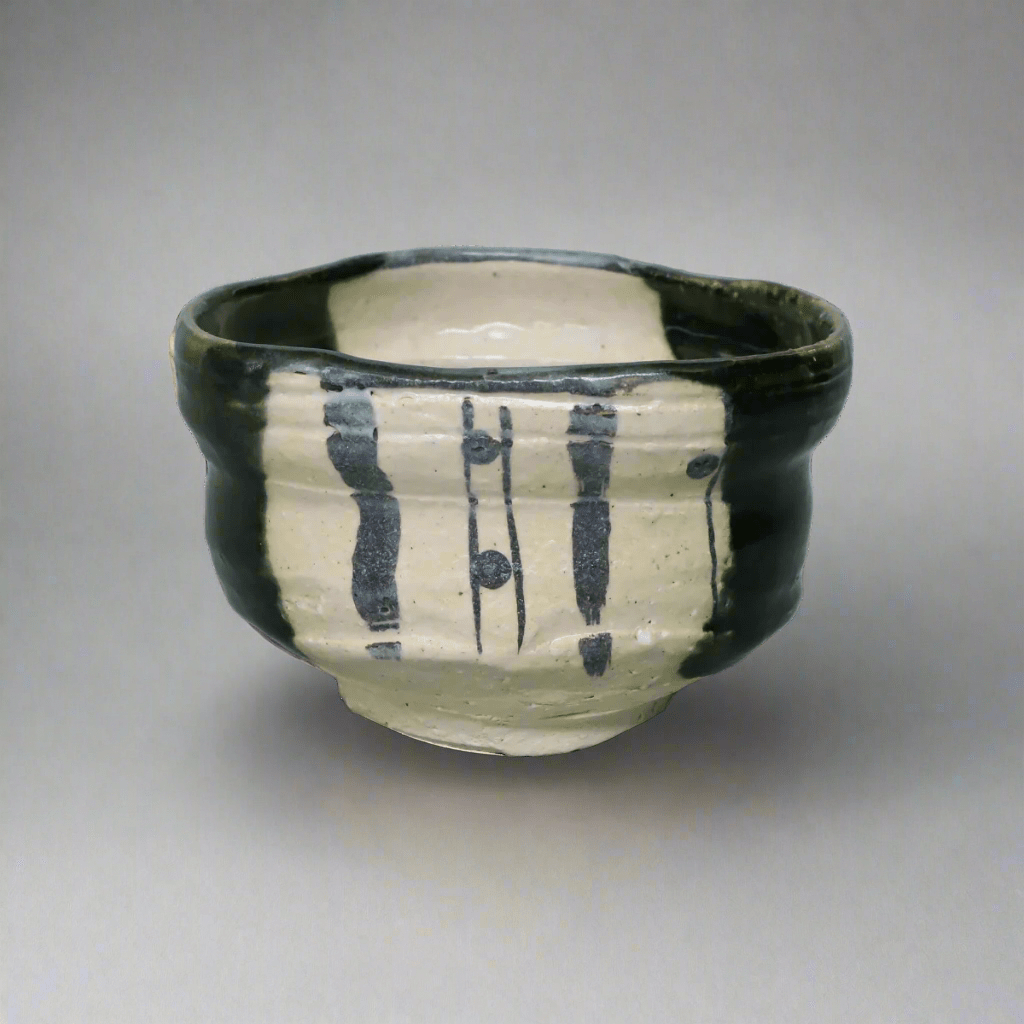
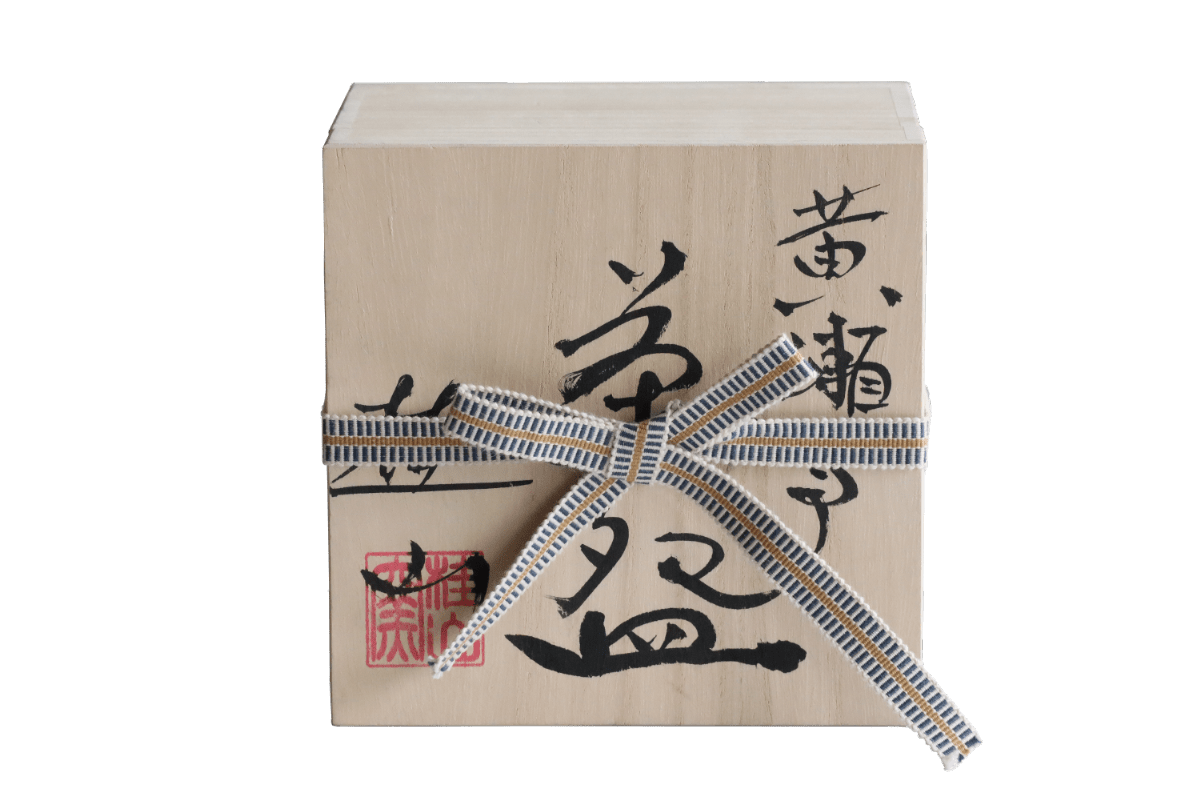

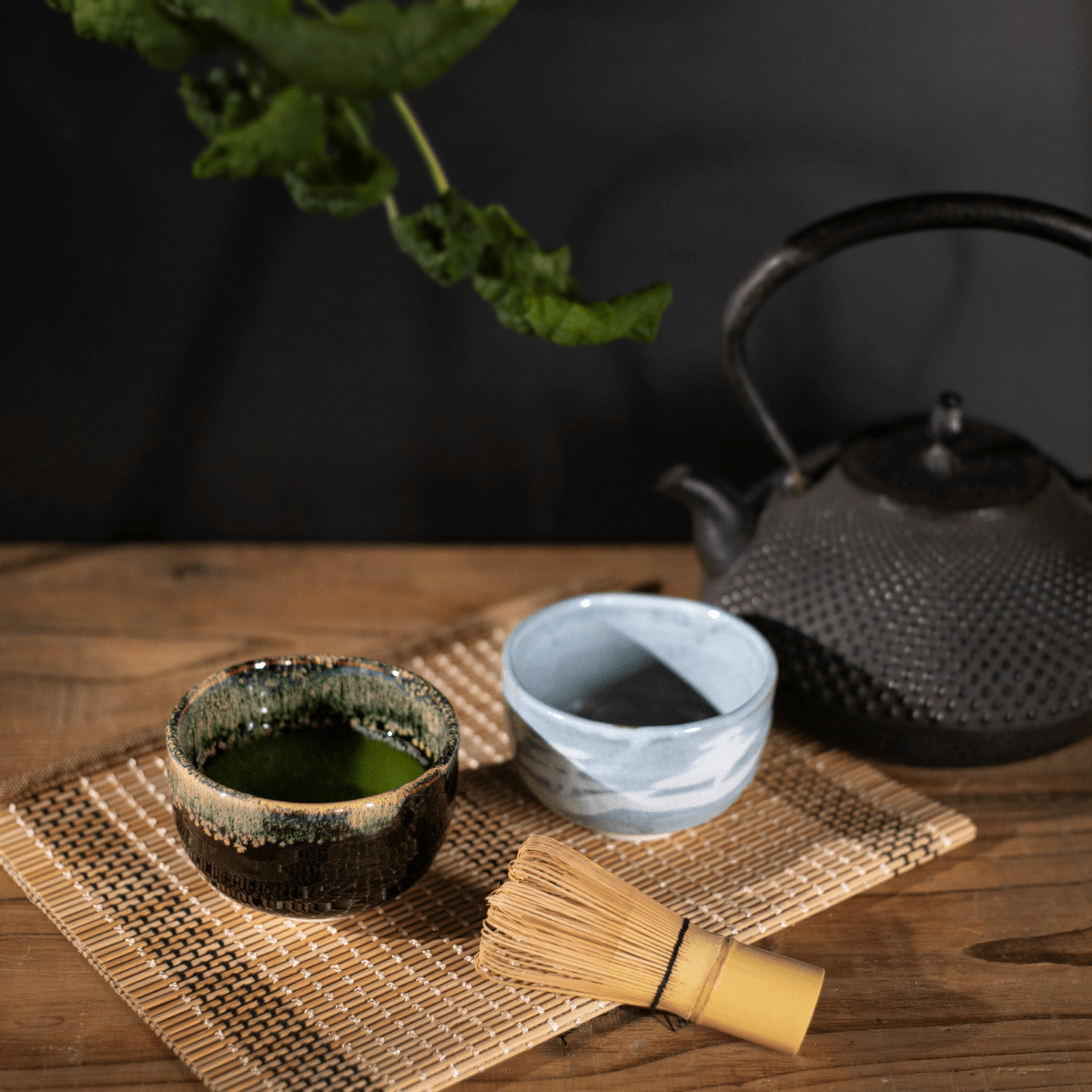
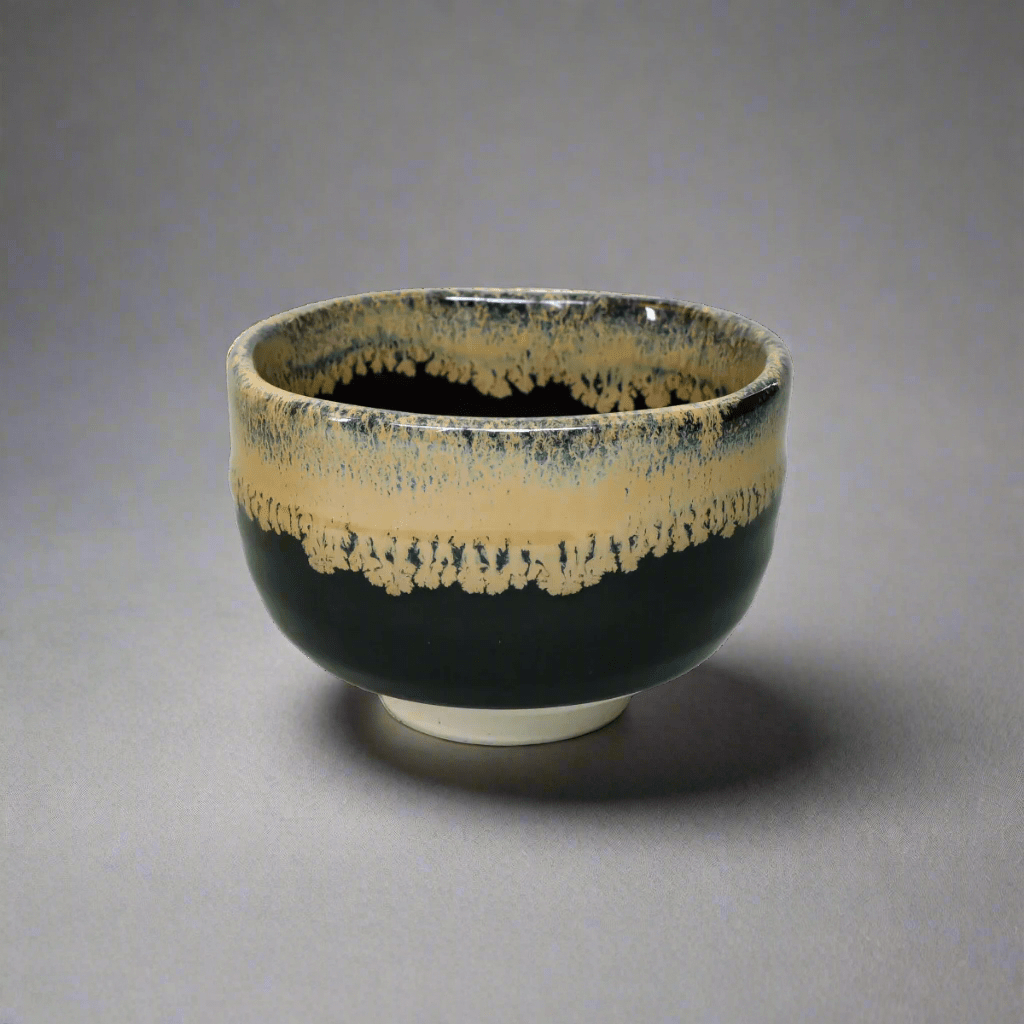
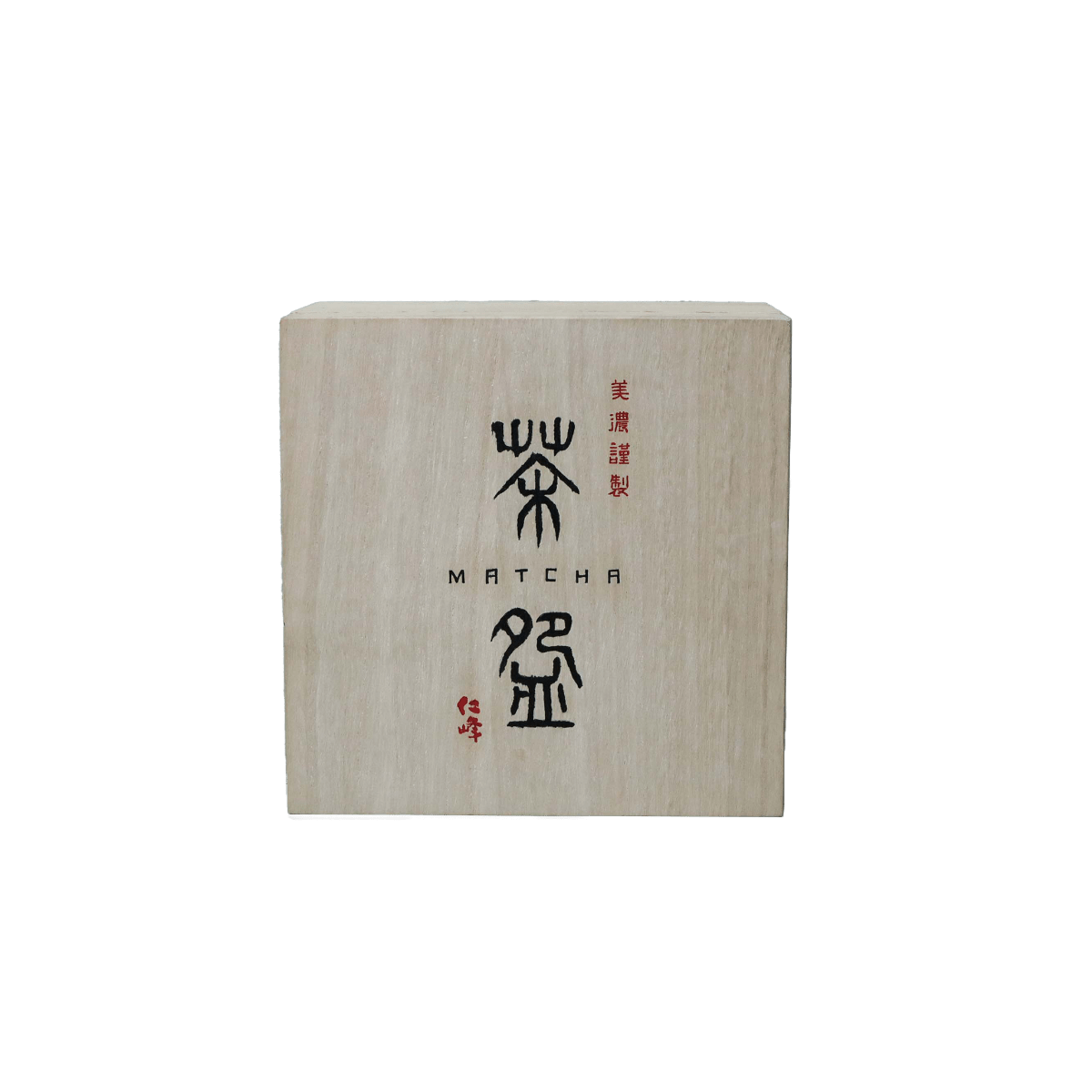
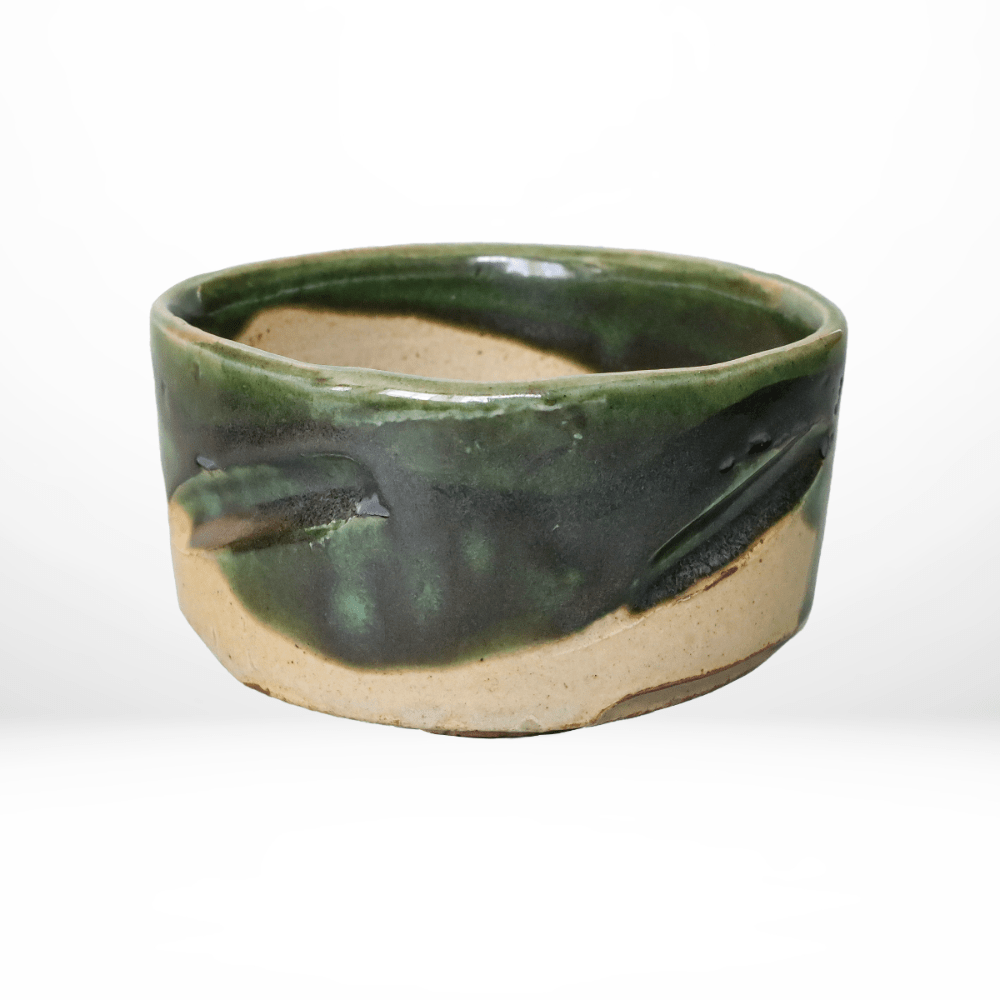
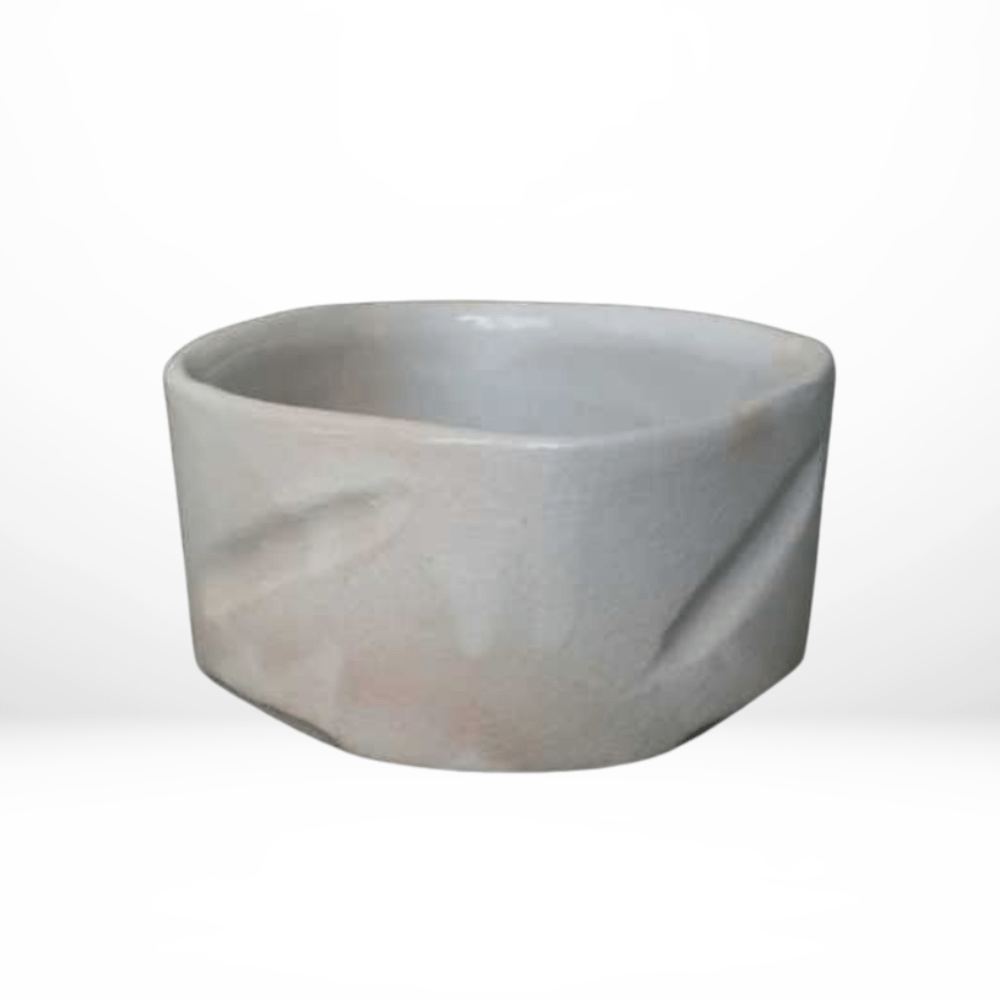
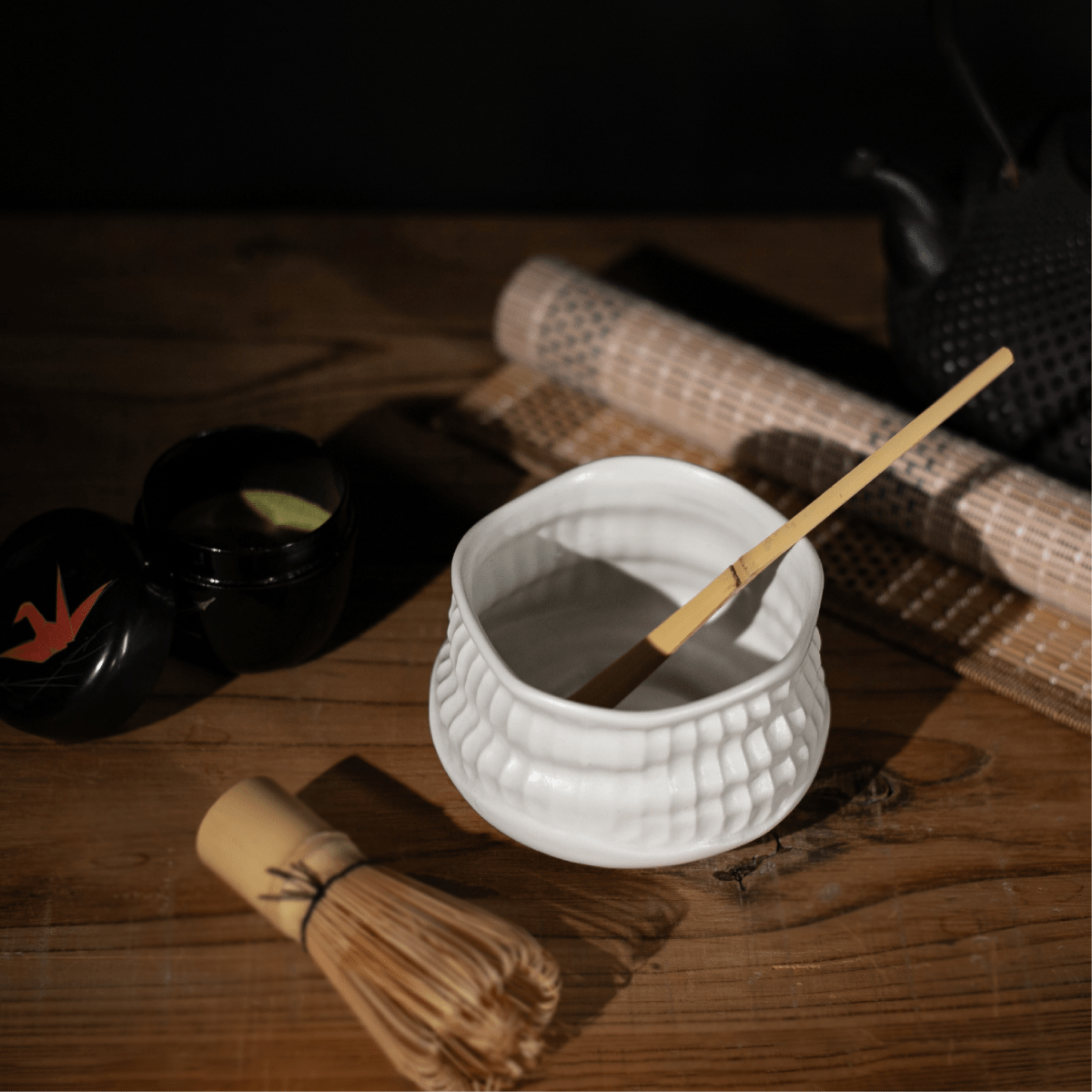
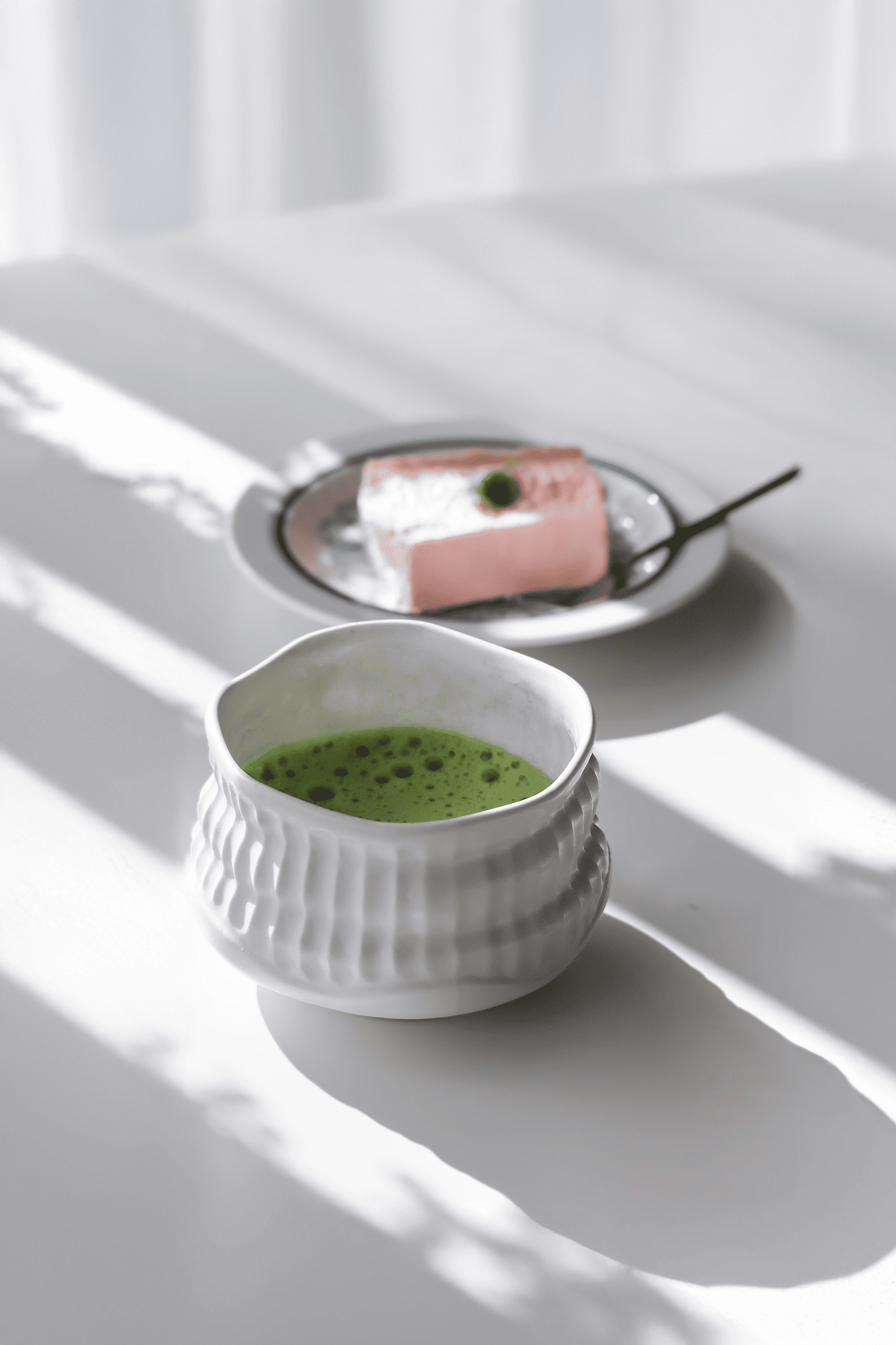
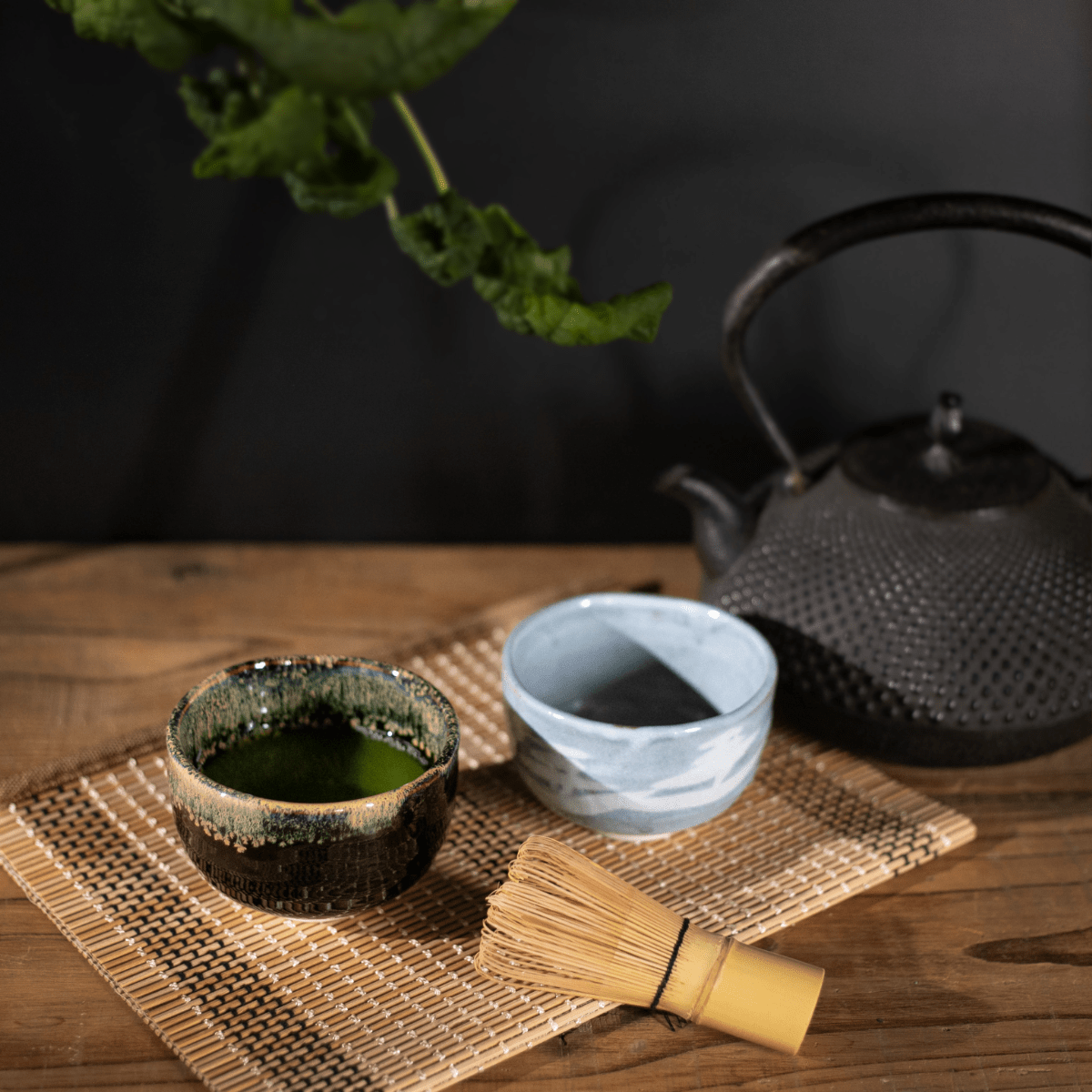
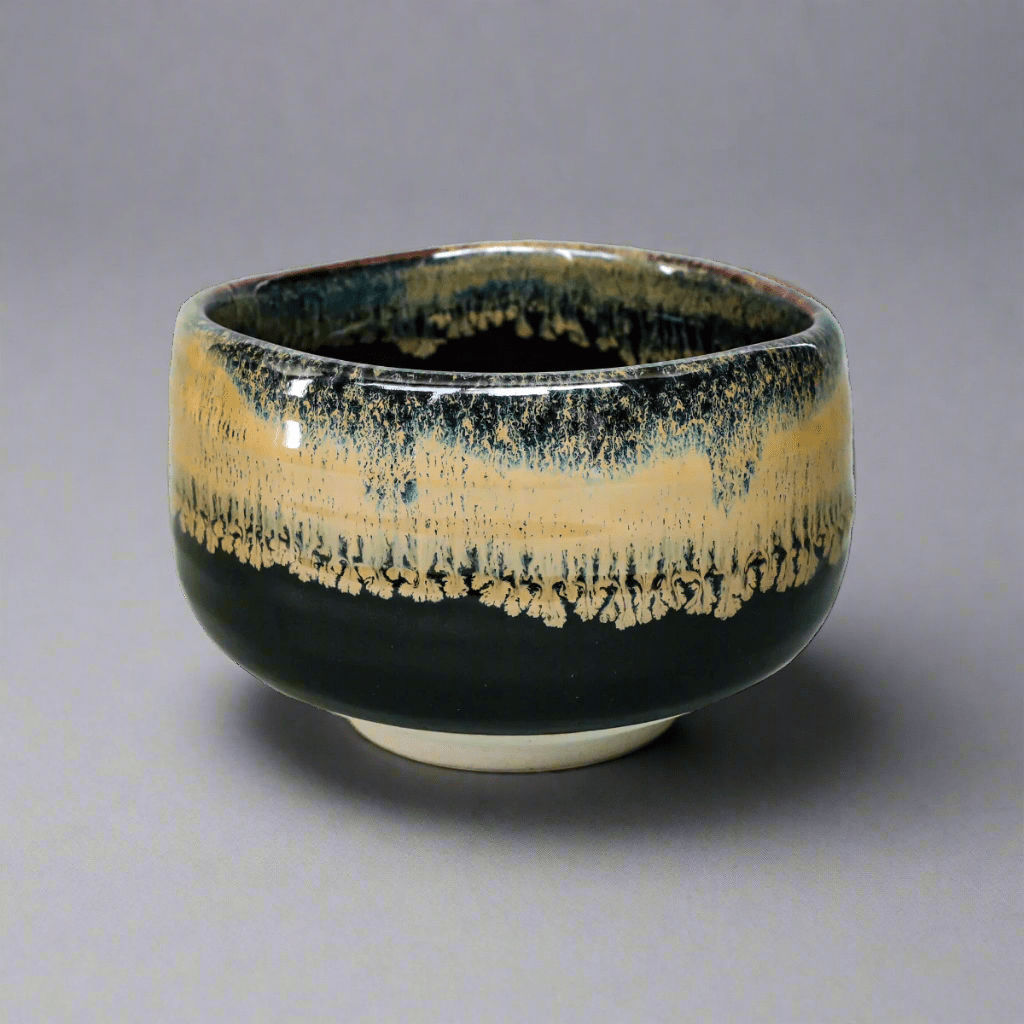
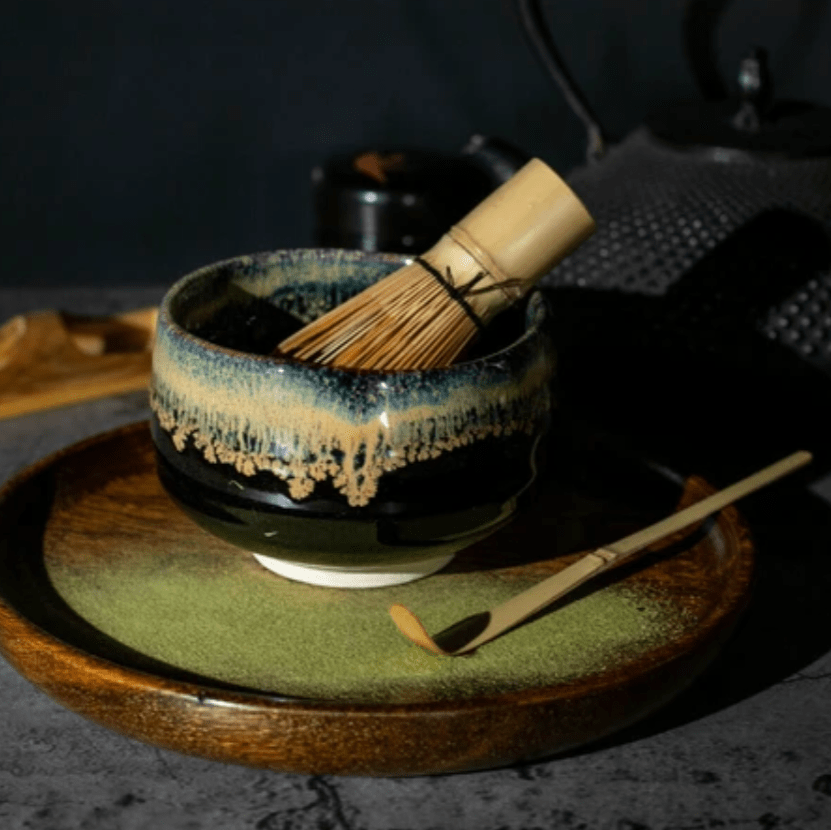
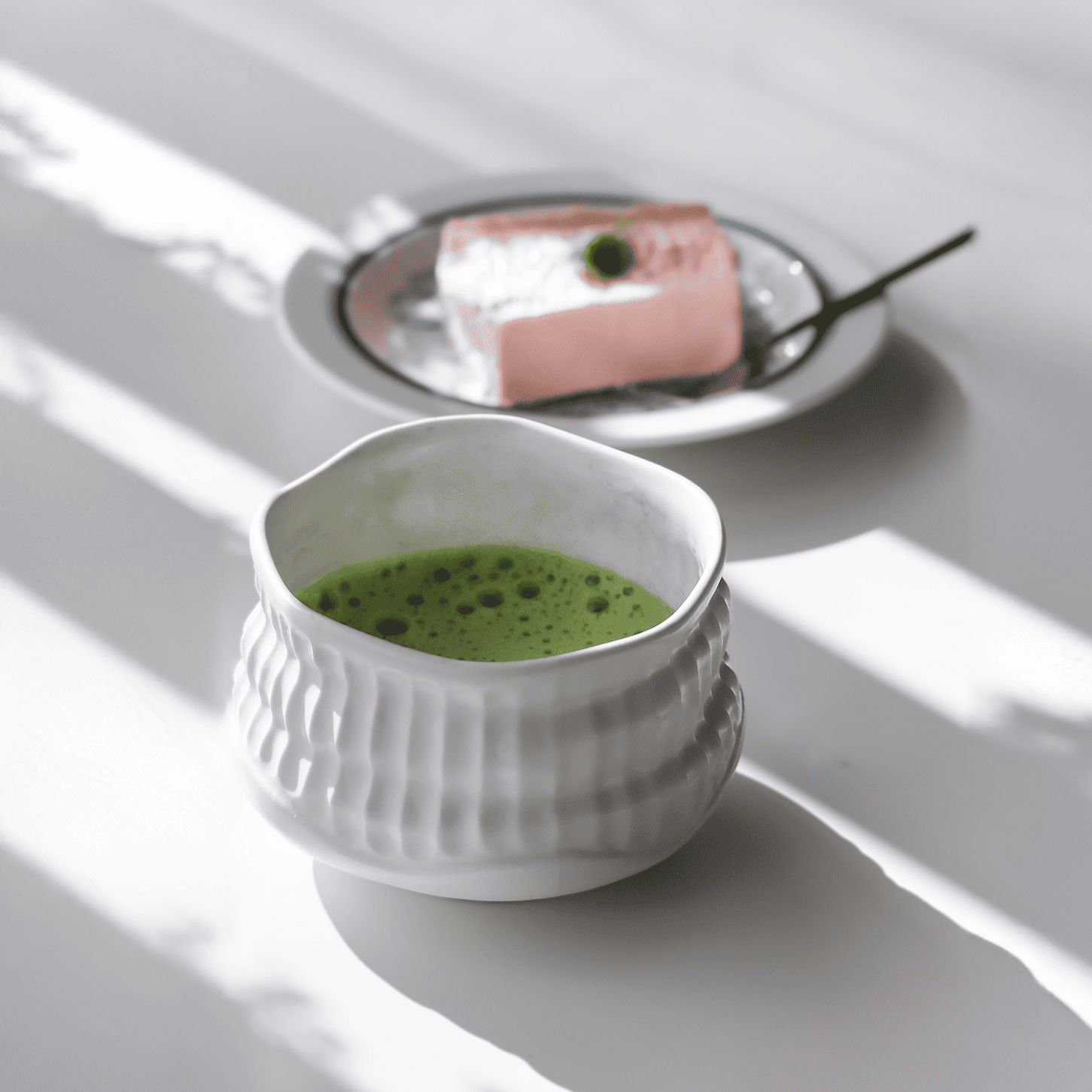
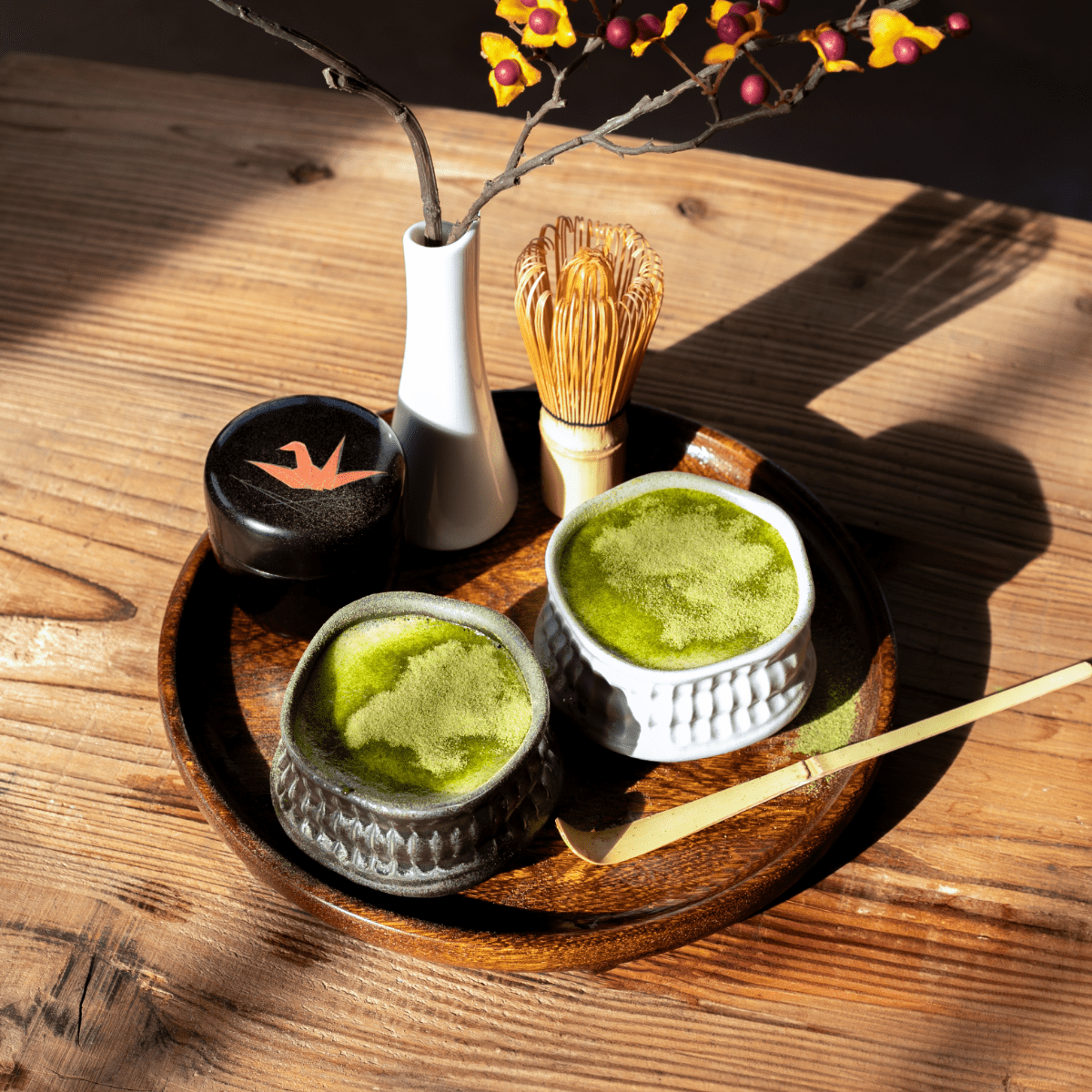
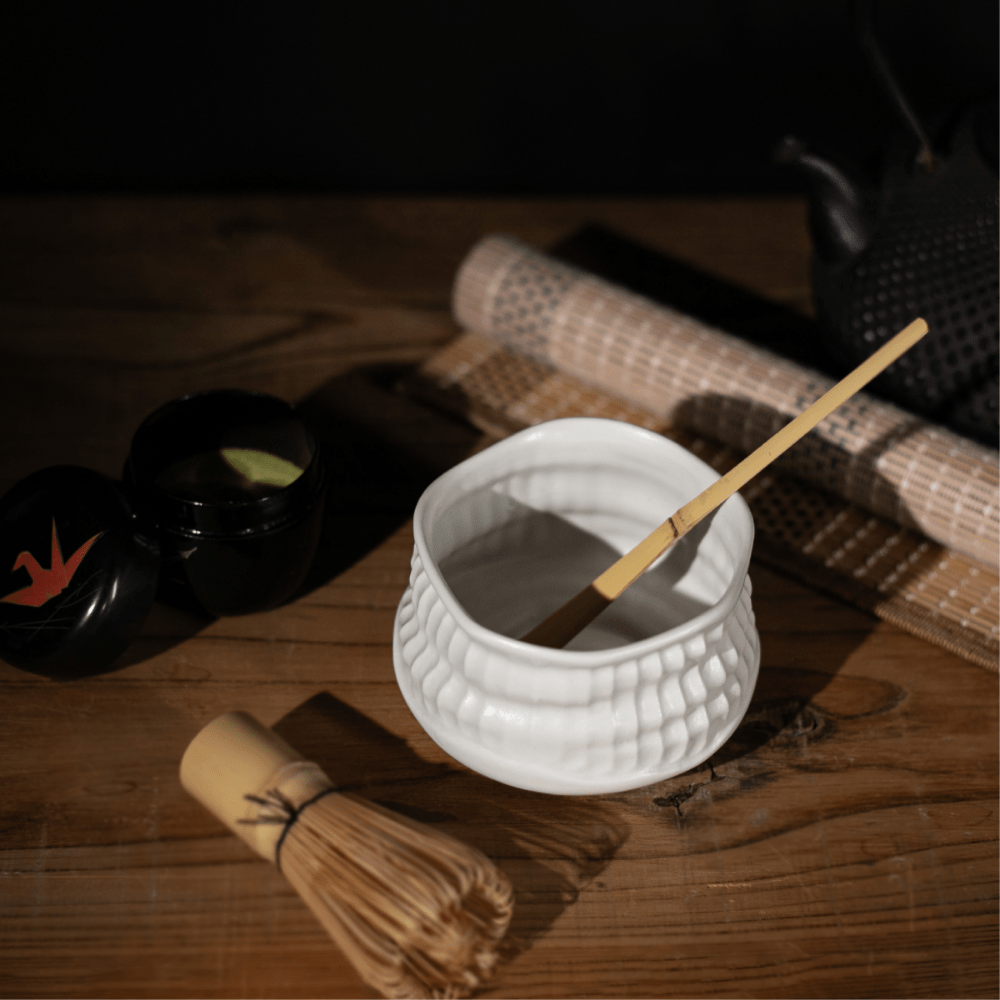
Share: